|
|
|
Home |
Restoration Main |
Marble Main |
Contact Us
|
|
|
Fiske Zinc Dog Restoration - page one To Page Two |
Scope of Project
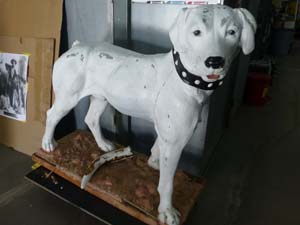 When this pair of zinc dogs which had been cast by J.W. Fiske Manufacturers in Park Place, New York in the early 1900’s, were received by MasterWorksStudios, they were extensively damaged. Both were painted white with color on eyes, tongues and collars. Both had issues needing repair and restoration including missing pieces, damaged pieces and improper previous repair attempts. Both dogs had corrosion, inherent in cast zinc, caused from moisture sitting in between the crystalline structure over the years as well as exposure over time to rain, acid rain, humidity and other outside elements. One dog had more extensive damage due to a large tree limb having fallen on it. Some issues were apparent at the initial observation and others became apparent during the restoration process. During this discussion the most damaged piece will be referred to as “Dog A” and the less damaged as “Dog B” When this pair of zinc dogs which had been cast by J.W. Fiske Manufacturers in Park Place, New York in the early 1900’s, were received by MasterWorksStudios, they were extensively damaged. Both were painted white with color on eyes, tongues and collars. Both had issues needing repair and restoration including missing pieces, damaged pieces and improper previous repair attempts. Both dogs had corrosion, inherent in cast zinc, caused from moisture sitting in between the crystalline structure over the years as well as exposure over time to rain, acid rain, humidity and other outside elements. One dog had more extensive damage due to a large tree limb having fallen on it. Some issues were apparent at the initial observation and others became apparent during the restoration process. During this discussion the most damaged piece will be referred to as “Dog A” and the less damaged as “Dog B”
|
|
Owner’s preference was that all necessary measures be taken to bring the metal work back as close as possible to original condition and increase the longevity of the pieces. To accomplish this major undertaking, every imperfection was removed and replaced with original materials applied with proper procedures. Special attention was given in regards to sealing sufficiently to keep out moisture. Over 40 pounds of solder was used in this restoration, and in order to accomplish this, “plus” metal was added in order to replicate the original texture as closely as possible.
Review of Issues with Repair & Restoration Provided for Each
Missing Parts: Tail , Ear and Various Sections
|
|
|
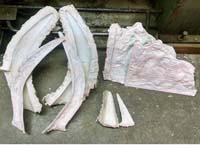 Tail, ear and various sections were missing from Dog A but were still intact on Dog B. Molds were taken from Dog B, then cast in zinc and used for Dog A. All of these pieces had to be carefully fitted in order to minimize plane distortion and alleviate unnecessary large gaps that would require additional solder and finishing. Tail, ear and various sections were missing from Dog A but were still intact on Dog B. Molds were taken from Dog B, then cast in zinc and used for Dog A. All of these pieces had to be carefully fitted in order to minimize plane distortion and alleviate unnecessary large gaps that would require additional solder and finishing.
The picture on the right shows the location of the missing tail on Dog A and in the first row below the first picture shows a clay mold that was made from the existing tail on Dog B then the new tail being fitted.
The second row of pictures below shows stages of the ear restoration. The plaster ear from a previous repair was removed, a new ear was sculpted from clay, then molded, cast in zinc, attached and finished.
|
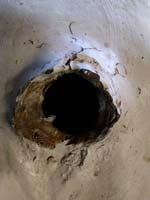
|
|
Tail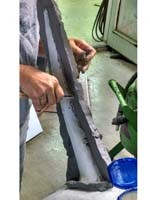
|
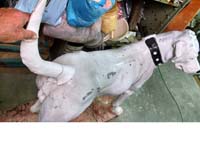
|
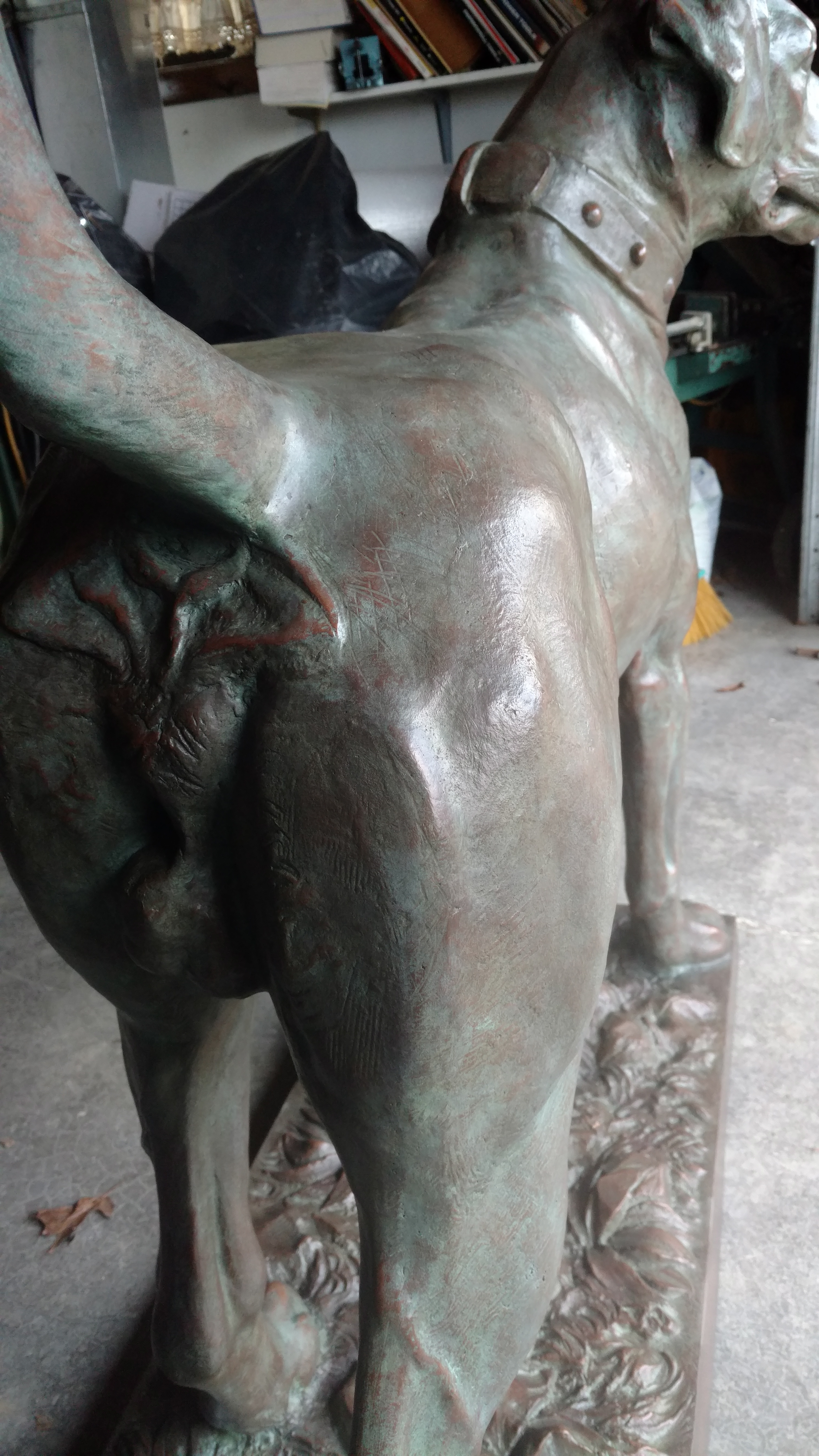
|
|
|
Ear 
|
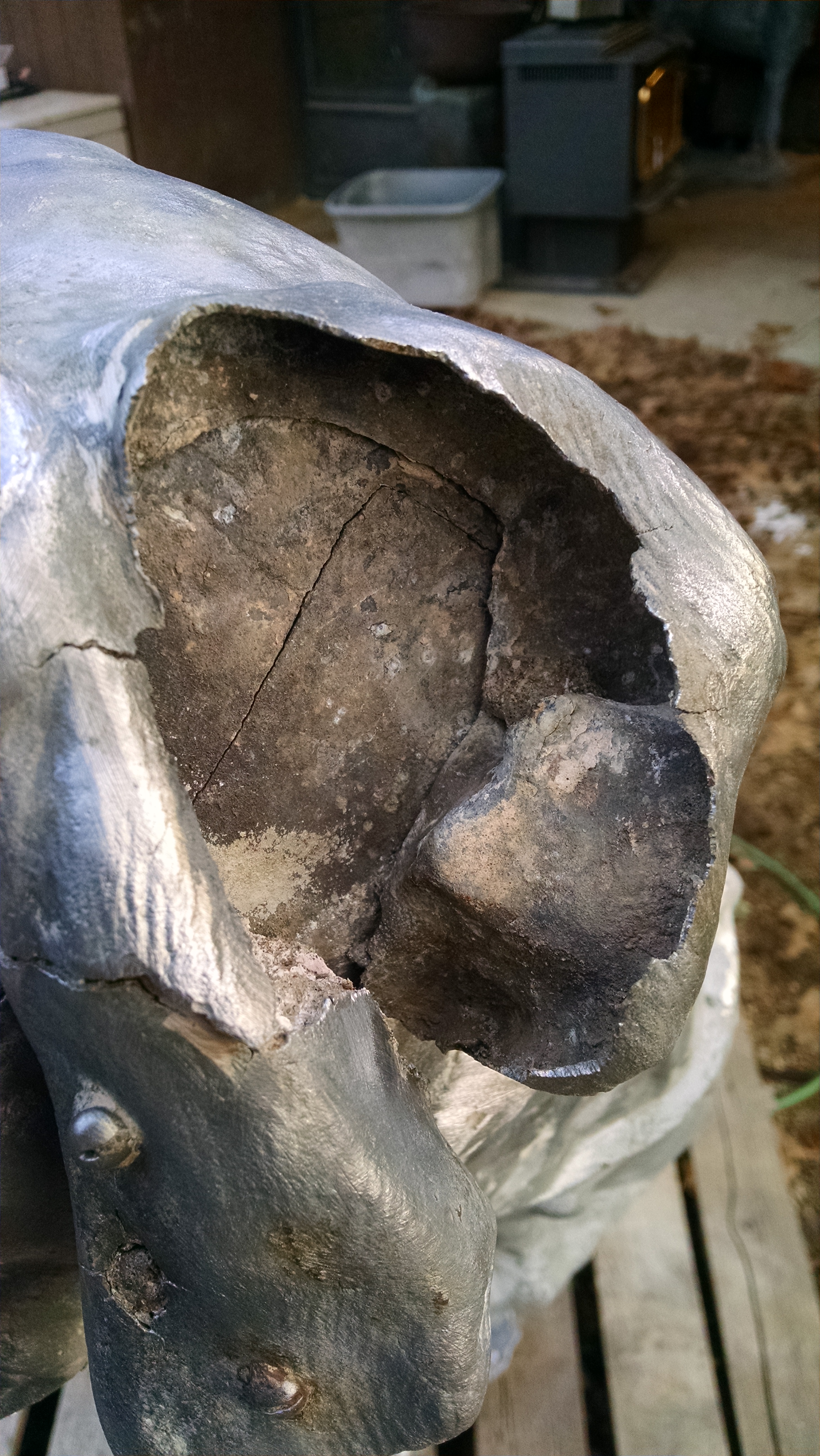
|
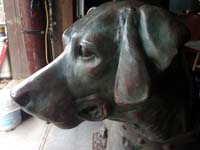
|
|
| |
|
|
Missing Parts: Paw on Base
Some parts of the paw, where it joins the original decorative base of Dog A, had been previously missing and poorly sculpted with plaster as a temporary fix. This had to be removed and replaced with partial paws molded and cast from Dog B.
|
|
|
|
|
|
|
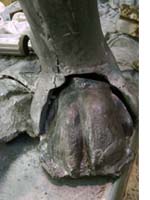
|

|
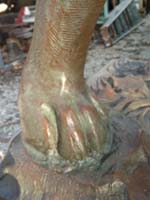
|
Large Pieces of Tin had been used for Missing Body Pieces
Large missing sections of the sculpture had been replaced with tin sheeting which was thin and very rusted. All this tin had to be removed then zinc plate was carefully fitted and soldered in place. The zinc was then ground, peened and hammered with various finishing chisels used to give it a more artistic flavor, make it more anatomically correct and create a more cohesive transition. This work was done with great care taken to match the original surface work and detail the artist had intended as indicated by shapes, patterns and lines in areas outside of the damaged areas.
|
|
|
|
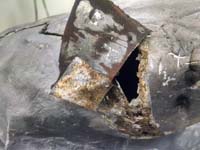
|
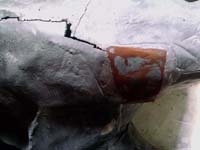 |
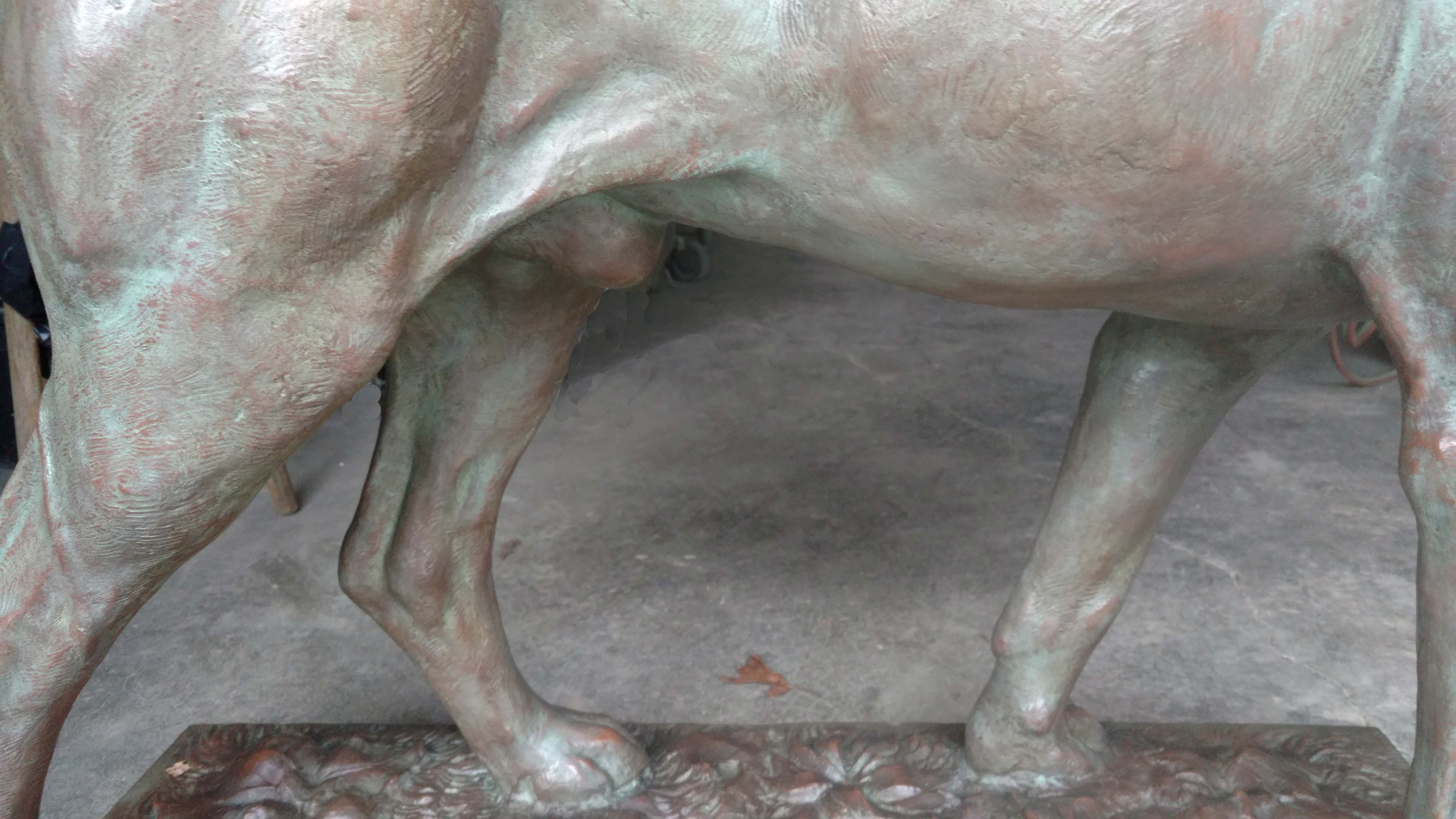 |
|
Body Filler
Significant amounts body filler and other non-original metals had been used to fill cracks, gaps, holes and missing sections and to cover cold welds. All of this material had to be removed and replaced with zinc using deep penetrating soldering with good metal fusion throughout.
|
|
|
|

|
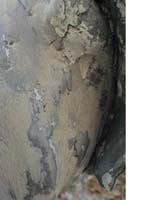
|
|
|
|
|
ブランドコピー, モンクレール スーパーコピー, シャネルコピー 財布, スーパーコピー後払い, モンクレール コピー, 韓国コピー, ルイヴィトンコピー 財布, スーパーコピー時計代引き, シャネル 時計コピー, 韓国スーパーコピー, ルイヴィトンスーパーコピー 財布, ルイヴィトン 時計 コピー, スーパーコピー韓国, ブランド 服 コピー, ルイヴィトン コピー, エルメス財布スーパー, バーバリー 財布 スーパーコピー, ブランド服コピー, シャネルスニーカー コピー, 韓国スーパーコピー, ルイヴィトンコピー時計, ブランド激安, 激安ブランド, ブランドコピー, 韓国スーパーコピー
|

